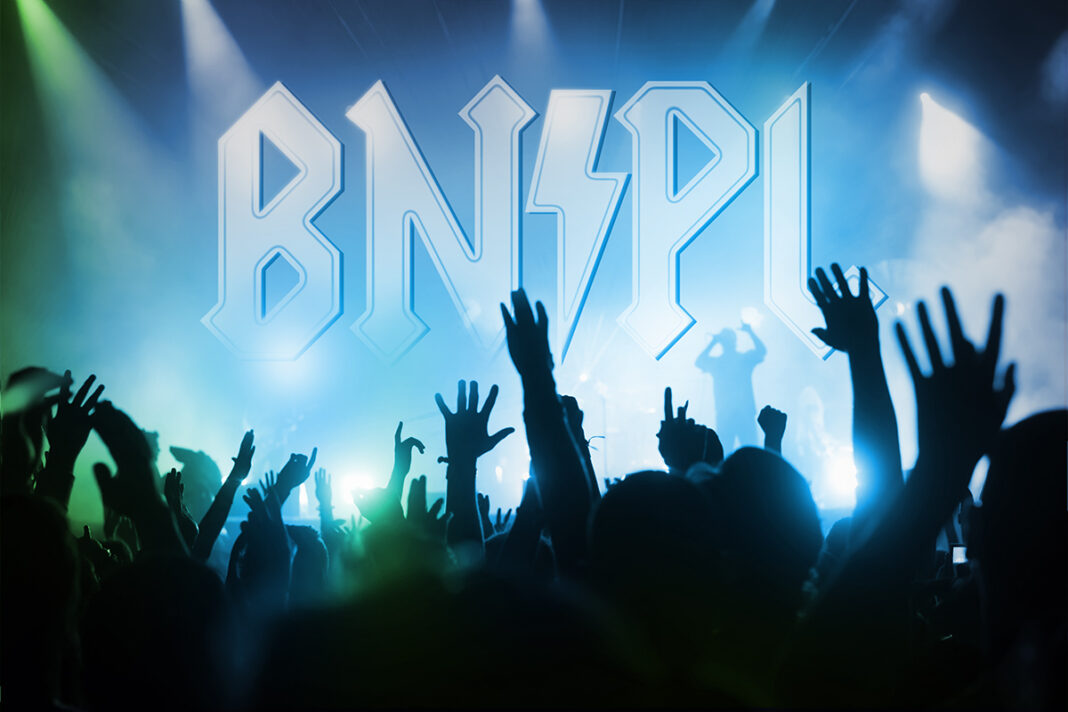In Germany, invoice and instalment purchase have had a loyal fan base for a long time. Now they are conquering the international markets together as BNPL (buy now, pay later). No wonder. BNPL has everything a payment method needs to rock the payment world in e-commerce and at the POS: speed, convenience and security.
Invoice purchase – only the left shoe at first
The 1960s saw the advent of the economic miracle in West Germany – and withit Werner Otto’s mail-order catalogue. The resourceful merchant from Hamburg introduced purchase on account only one year after founding the company and thus hit the spirit of the time. Customers could order shoes, the mail-order company’s first product group, in the catalogue and choose purchase on account. In the early days of the payment method, Werner Otto built in a little trick to ensure that he would receive the money for the shoes: At first, he only delivered the left shoe to the customer and only when the purchase price was received was the right shoe shipped. Things are different today.

The revival of invoice and instalment purchase
Long known in the German market, invoice and payment in instalments have been conquering the global markets since 2021 clothed in an international name. BNPL is booming in France, the UK, the Netherlands and the USA. In Great Britain and the USA, however, the BNPL function “instalment payments” is particularly popular – a kind of mini loan without interest. In the DACH region, on the other hand, purchase on account is in the lead.
Whether in Europe or overseas – if merchants want to integrate BNPL, there are a few things they have to consider: Credit checks have to be carried out, existing systems have to be adapted and regulations have to be complied with. To meet with these requirements, there are three different approaches.
With the all-round carefree package, a BNPL provider like Afterpay takes over both the credit check and the non-payment risk for the merchant. In return, they receive a fee of 3-6% of the transaction value. To be able to offer such a service at the checkout, the shop operator can either connect directly to payment methods such as Paysafe Pay Later, Klarna and ratenkauf by easyCredit or do this via a PSP. The latter offers the advantage of evaluating transactions from the same source, which means they can be meaningfully compared with each other due to the uniform database.
In order to reduce costs, however, the merchant has the option of connecting important nodes such as Schufa manually for invoice and instalment purchases. This means, however, that he must independently assess creditworthiness on the basis of the Schufa information, assume the risk of non-payment and understand all the important regulations.
The third option is for a PSP to build an individual BNPL solution for the respective merchant together with its partners. The risk of non-payment remains with the merchant, but by carrying out a credit check together with a partner, the PSP can weigh up whether or not to accept payment by invoice or hire purchase. This minimises the risk. This individual BNPL solution is particularly suitable for merchants who know their customers well and for sectors that pose a low risk of fraud.

The stops on the world tour
So, merchants who want to integrate a BNPL payment method into their checkout have a few options to consider. This includes knowing which providers are particularly popular in which countries.
A PSP (Payment Service Provider) is the interface between the customer, the merchant and the payment method. It is therefore advisable to seek the support of an international PSP for the introduction of BNPL. This PSP should be familiar with the popular BNPL payment methods in the respective country and be able to connect them: In the DACH region, AfterPay, a subsidiary of arvato Bertelsmann, Ratepay and Paysafe Pay Later are among the dominant BNPL payment methods, while Klarna is preferred in the USA and the UK.[1] Afterpay is also present in the Swedish, Finnish, Danish, Dutch, Belgian and Norwegian markets. And with the recent acquisition of SafetyPay, Paysafe is strengthening its position in Latin America.[2] Since invoice and instalment buying are almost old hat in Germany, the PSPs that have been active in the German market for a long time have been able to gather considerable experience.
The fact that in the UK, for example, BNPL services are growing by 39% per year and the market share is likely to double by 2023,[3] it is clear that BNPL is no longer only relevant for German shops. And in the US, the land of unlimited possibilities and limited credit card limits, 44% of those who have used BNPL services recently now prefer them to credit cards[4] The preference to use BNPL as a payment method is also particularly high among people with an annual income of $50,000 to $99,000.[5]
BNPL – the new rock star in the payment sky?
The speed with which BNPL is gaining fans outside Germany shows that the benefits of this payment method are now appreciated internationally. Using BNPL the benefits that customers realise in physical shops of trying on goods first, and then paying for them at the checkout, are realised in an e-commerce setting: Before paying for new clothes, the customer can have them delivered to home and try them on in comfort before. Only when she wants to keep the blouse and shoes does she have to pay the price within a set period. In addition, the customer only has to enter the shipping data and his or her date of birth at the checkout. Account and credit card numbers are left out. BNPL makes online shopping particularly fast, convenient and secure – which leads to larger shopping baskets and fewer abandoned purchases.[6]
Win new fans with BNPL
Merchants who offer the new payment method are not only offering a new payment mechanism to existing customers, but also appealing to customers of the future, primarily Generation Z. A recent survey by Student Beans showed that 42% of 16- to 24-year-olds would use BNPL in 2021.[7]According to a study by “emarketer”, digital natives paid more frequently with BNPL than any other generation.[8] The decisive factor for them is that BNPL offers a form of interest-free credit and they can split their payments when buying in instalments. In addition, Generation Z values speed and convenience, especially when paying.
Less backroom, more convenience
The opportunities that BNPL brings to e-commerce can also be found at the POS. Using the smartphone app from ratenkauf by easyCredit, customers no longer have to negotiate the instalments for a new laptop, for example, in a back room. Instead, they can clearly see the terms and conditions relating to BNPL on the shelf or at the checkout. For the POS, this means larger shopping baskets and happy customers.
Does BNPL have a future?
The many advantages of the payment method speak for it. However, BNPL can also become a debt trap for shoppers: Deferred or instalment payments tempt people to buy more than they can perhaps afford. This in turn makes for high overdue fines. In the UK, BNPL users have accumulated debts of 4.1 billion pounds with the providers of the payment method, which is leading to calls for laws and regulations to protect customers. It could be argued that any loan has the potential to leave customers in debt if they live beyond their means, and for most there is no problem balancing their account. Interestingly, the topic is so hot currently that while some digital natives on TikTok are using the hashtag #Klarnadebt, to bemoan their levels of debt with Klarna as a result of BNPL arrangements, at the same time other TikTok users are happy to post their creditworthy status!

Instalment purchase and more
Computop offers you the choice from the over 350 most popular payment methods worldwide, including of course invoice and instalment purchase providers. Have a look at the large selection for yourself.
We are sure to provide the right solution for you. We will be happy to advise you!
[1] Vgl. https://www.ppro.com/payment-methods/ (2020)
[2] Vgl. https://thepaypers.com/online-payments/splitit-survey-reveals-most-want-bnpl-option-on-existing-credit-cards–1254382?utm_source=newsletter&utm_medium=email&utm_campaign=Weekly+2022-02-07+Weekly-Newsletter-Payments# (2022)
[3] Vgl. https://www.finder.com/uk/buy-now-pay-later-statistics (2021)
[4] Vgl. https://www.emarketer.com/content/across-incomes-us-adults-prefer-bnpl (2021)
[5] Vgl. ebd.
[6] Vgl. https://www.cnbc.com/2021/09/25/why-retailers-are-embracing-buy-now-pay-later-financing-services.html (2021)
[7] Vgl. https://www.thisismoney.co.uk/money/cardsloans/article-10403727/Buy-pay-later-used-42-Gen-Z-Britain-year.html (2022)
[8] Vgl. https://www.emarketer.com/content/gen-z-payments-titans-move-on-bnpl-but-do-watchdogs (2021)





